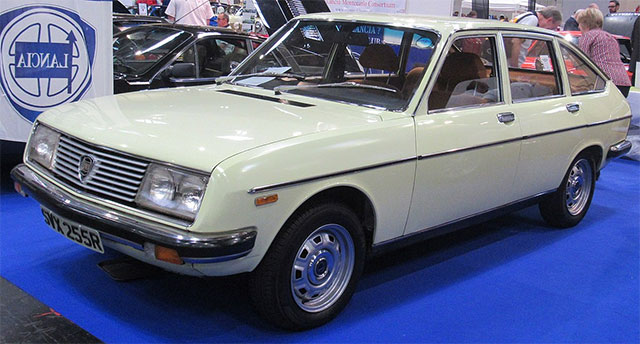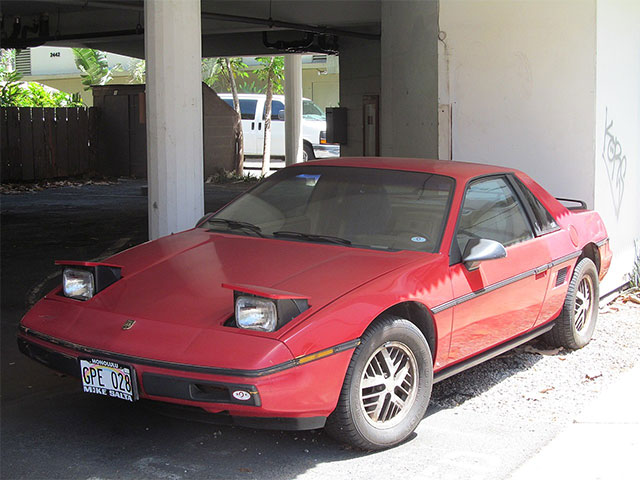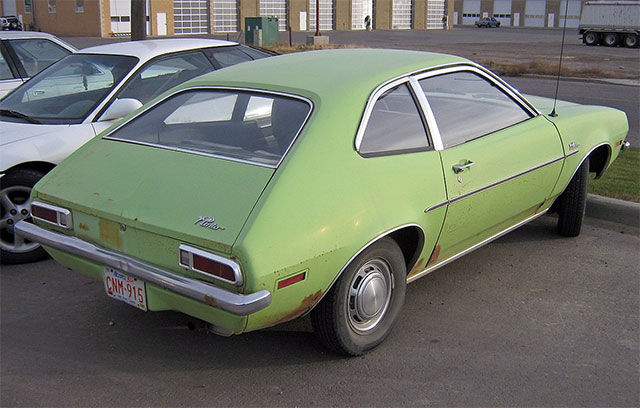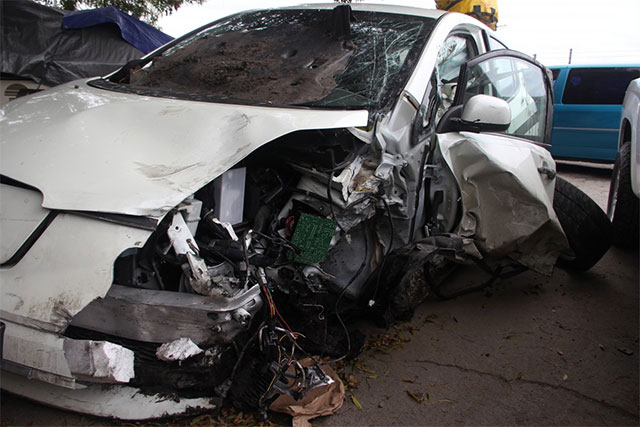A Lowlight Reel of the Automotive Industry’s Biggest Failures
The automotive industry is predominantly defined by its successes and breakthroughs. We celebrate the wins, such as when the Toyota Corolla officially hit the 50,000,000 units benchmark, cementing it as one of the best-selling cars of all time.
We celebrate innovation and bringing future-forward technology to the present, such as the first time power windows, touchscreen displays, and Bluetooth were integrated into a vehicle. We think of electric cars and cars with autonomous self-driving technology, which will both have their respective place in the automotive landscape of tomorrow.
As Winston Churchill said, “History is written by the victors.” However, that does not mean that we’ve forgotten about the losers.
Table of Contents
What Are the Makings of a Terrible Vehicle?
For every vehicle crowned as a certified success, there’s a stinker out there that fell flat with consumers. Maybe the car was too hideous for drivers to be seen in (we’re looking at you, Plymouth Prowler) or maybe it got such horrible gas mileage that it made no sense from a cost of ownership standpoint, such as the 1984 Ford Bronco (10 mpg…yikes).
But if there’s one coffin nail that can seal a car’s fate, it’s the issue of reliability. Once word gets around that a vehicle is a mechanical nightmare or is subject to a recall, there’s no coming back from that.
Most Unreliable Cars
So, which cars are the worst of the worst? Let’s dive into our list of the top three most unreliable cars of the past 50 years. Once we’ve covered the auto world’s biggest losers, we’ll provide some info on where to find the best new cars for sale in Houston.
#1 – Lancia Beta (1972-1975)
Back in the early 1970s, Italian automaker Lancia was the toast of the town in city of Turin. They had just come off a big win at the International Championship for Manufacturers, which lent them some serious street cred in the auto world.
However, behind the veil of victory, there was internal turmoil among executives. Fiat had taken over the Lancia brand, and in doing so, assumed a sizable debt of around £20 million. So, what do you do when you’re under a mountain of debt and need to get back into the black?

You make one of the cheapest, most unreliable cars in the history of automobiles. A car is so cheap it disintegrates. That’s exactly what the Lucia Beta is remembered for.
First released in 1972, the Lancia Beta was initially a hit with consumers. Aesthetically speaking, it was a good-looking car. Very sleek and sporty. However, to save money on manufacturing, engineers used some of the cheapest materials possible to build it.
The result? The Lucia Beta proved to be a certified rust-bucket. Everything from the body to parts of the engine quickly corroded due to using cheap metal with no rust-proofing treatment. It was a PR nightmare and led to a huge recall that resulted in the company’s shaky financial situation getting worse.
#2 – Pontiac Fiero (1984-1988)
It’s a little ironic that the name “Fiero” seems like it was derived from the word “fire,” but sometimes history gives us a knowing wink like it’s in on the joke. If you grew up in the 1980s, chances are, you’re familiar with the Pontiac Fiero. The only thing hotter than Eddie Murphy’s career in those days was the Fiero’s engine block.

The sporty two-seater was released to directly compete with the successful Corvette from Chevy, and hopefully take some of its market share. Although the first year went well enough for the Pontiac Fiero by meeting their 100,000-unit minimum sales quota, there was a recurring problem that kept coming up – about one in every 400 Fieros would burst into flames.
This was attributed to problems with the engine block casting and defective connecting rods. Of course, when Pontiac got wind that the fire issue was due to a flaw in their design, they recalled 125,000 first year models to make modifications. This was followed by a second recall a couple years later to address every Fiero ever made. However, the two recalls torched the already waning demand for the vehicle among consumers. Any hopes for the Fiero’s recovery after all the bad press went up in smoke.
#3 – Ford Pinto (1971-1980)
Collectively, engineers are some of the smartest people on the planet. Just think about how advanced cars are now compared to 20 years ago. All those improvements in performance, handling, and intelligent safety features are the result of engineering.
Keeping that in mind, there are rare cases where engineers get it so wrong that they create a literal death trap of a vehicle. Typically, a vehicle that’s deemed unsafe never makes it to production. Plus, no automaker wants to be responsible for releasing an unsafe vehicle to the public. Whatever money they make up front they will lose in lawsuits on the back end.

Rounding out our list of top automotive failures is the Ford Pinto, which was first released in the early 1970s. The engineers at Ford decided to place the gas tank of the Pinto in the rear of the car, right between the rear axle and the rear bumper. This on its own was not a risky move. Other automakers were doing the same thing.
The problem is that the Pinto utilized a fuel tank with very thin walls as a cost saving measure, which allowed it to be easily punctured upon light contact. Further, there were four bolts arranged directly next to the fuel tank that was prone to causing sparks during rear end collisions.
Now do the math: a vulnerable gas tank placed in the rear + sparking bolts + a backend collision = fiery disaster.
The worst part? Ford was well aware of the problem because the exploding fireball issue came up during crash testing. However, executives at Ford decided that this was not enough of a critical issue to warrant retooling. The Pinto’s short development time frame prompted them to rush this risky vehicle to market, and boy, was it a mistake.
The Ford Pinto’s design led to several instances of severe burns and fatalities as a result of rear-end collisions that burst into flames. In addition to facing well over 100 lawsuits from consumers that had experienced death or injury due to the Pinto’s highly flawed design, the automaker was in the midst of a public relations nightmare and in hot water with regulatory organizations, such as the National Highway Traffic Safety Administration (NHTSA).
Finally, in the summer of 1978, Ford succumbed to public and regulatory pressure. Over 1.5 million units of the Ford Pinto were recalled, which – at the time – was the largest recall ever enacted. Historically, the Ford Pinto represents one of the biggest cases of bad engineering overlapping with negligent company leadership.
How to Find a Reliable Car or SUV Near You
If you’re suddenly nervous about shopping for a new vehicle – fear not – the automotive industry is far more regulated than it was in the 70s and 80s. Plus, auto brands know that a hit to their reputation carries long term consequences that are hard to come back from. Earning and maintaining the public’s trust is of the utmost importance, which is why many automakers stress the reliability and safety of their vehicles.
There are a couple of ways you can quickly locate the vehicles that have been deemed safe and reliable by independent third parties. First, visit the Consumer Reports website, which regularly reports on new vehicles and ranks them based on several metrics, including reliability and safety.
Another resource you should check out is the Insurance Institute for Highway Safety, which is a nonprofit organization dedicated to reducing vehicle related fatalities and injury. They perform a series of crash tests on every new vehicle that is released, and then share the information with the public. The vehicles that do well are deemed Top Safety Picks, which is the gold standard in safety for any vehicle.













